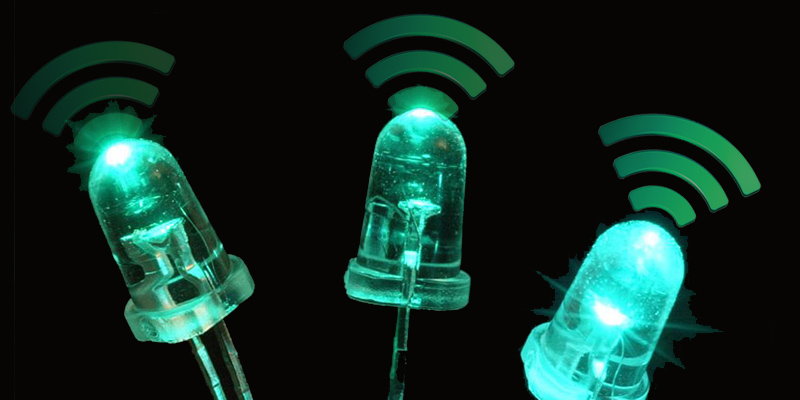Although Wi-Fi has served us (fairly) well over the last however many years, it looks like it’s now destined to be replaced by a much faster technology called Li-Fi.
Li-Fi is a wireless technology that transmits data using light rather than radio bands and it was tested recently for the first time outside of a lab in office and industrial environments in Talinn, Estonia. It looks as though it’s over 100 times faster than Wi-Fi so it’s a no brainer to upgrade really.
The technology was invented back in 2011 by Dr. Harold Haas from the University of Edinburgh. It essentially uses a much more advanced version of Morse Code to transmit data using visible light communication – an LED blinks on and off at speeds that aren’t recognisable to the human eye to write and transmit data via binary code.
It’s also more secure than Wi-Fi as the transmissions can’t pass through walls. This means that there’s less likely to be interference from other devices as well, although it probably also means that you won’t be able to have your wireless router downstairs in the dining room.
Featured Image VIA

Image VIA
Deepak Solanki, CEO of Estonian tech company Velmenni, explains how they’re currently planning on utilising the technology:
We are doing a few pilot projects within different industries where we can utilise the VLC (visible light communication) technology.
Currently we have designed a smart lighting solution for an industrial environment where the data communication is done through light.
We are also doing a pilot project with a private client where we are setting up a Li-Fi network to access the Internet in their office space.
Unfortunately, it’s going to be a while before Li-Fi is standard use for everyone though and that’s mainly down to the reason I mentioned before – most offices and houses etc aren’t set up to use the technology because there are too many walls in the way. But when it’s so much faster and so much more secure, it’s surely only a matter of time.
It’ll probably happen before we’re teleporting though, even after this recent scientific breakthrough.















